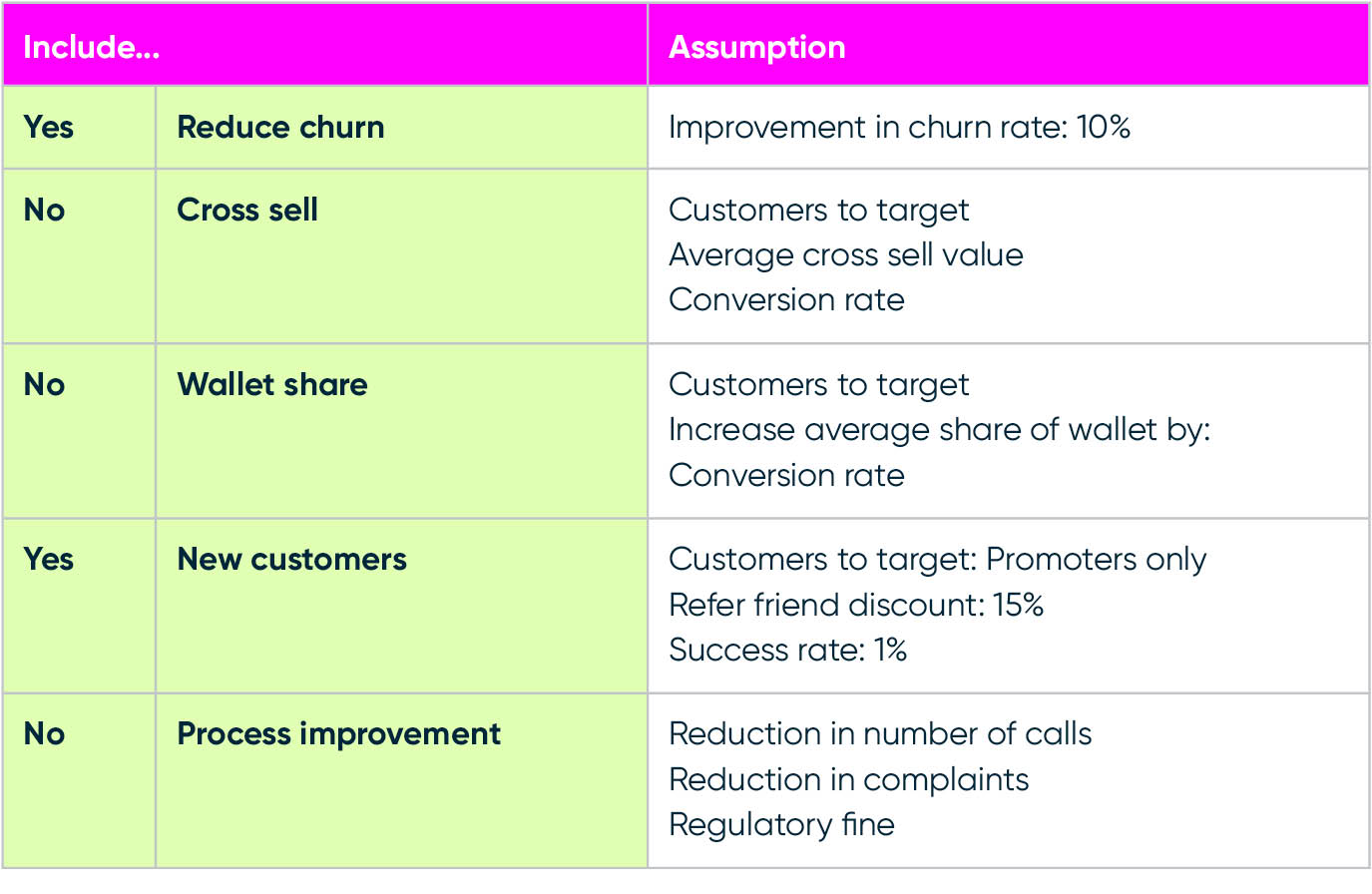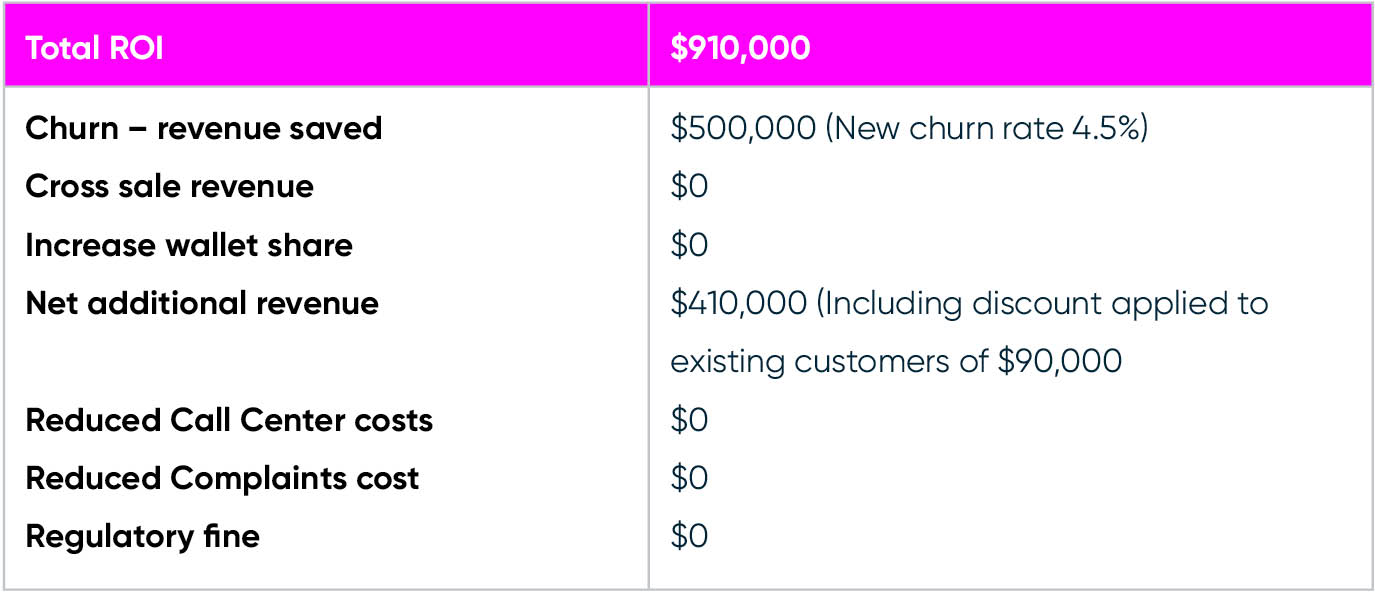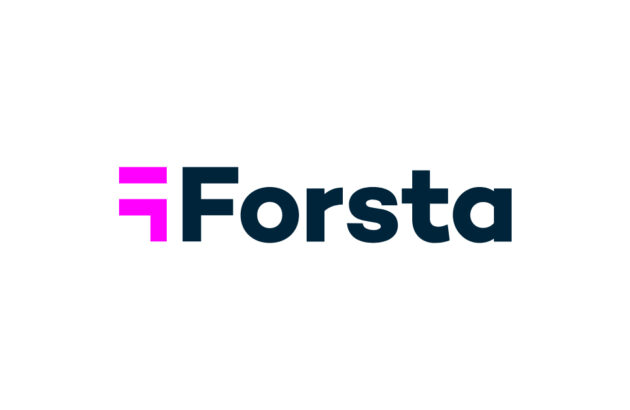The ultimate guide to Customer Experience strategy

7 secrets at a glance
- Build executive support
- Strategize and plan
- Get organized
- Lose the silos
- Communicate
- Add Voice of the Employee
- Act fast and innovate
How to optimise your customer experience strategy – the 7 secrets
What is a customer experience strategy?
It’s where you lay out how you’re going to make every single customer experience with your organization the best it can be.
This customer experience strategy should cover your entire organization, from product, marketing, and sales to customer success. Everyone should be on the same page when it comes to improving the customer experience with your organization.
Your strategy covers all the touchpoints where a customer interacts with your organization. Even before a customer buys from you, you should identify and understand each interaction. For example, visiting your website – is each section easy to find? What pages is a prospect likely to want to see first? Are the links to other relevant sections clear and working?
Other examples of a customer experience strategy include a clear model for customer service, with team goals that result in a positive customer experience – such as resolving issues within the time a customer calls with an issue. Or perhaps you want to make sure that your customers are empowered to solve their own problems, with an easy-to-find self-service hub holding relevant documentation and guides.
Why have a customer experience strategy?
Over the past few years, Customer Experience (CX) programs have become an established path to delivering enhanced customer experiences, engaging employees and driving business change.
Why then, is every business not running a slick and successful CX program? The benefits have been well-established, particularly in markets where product and price differentiation are limited, or where great customer experiences are demonstrably able to deliver higher revenues, improved retention or reduced costs.
The answer is simple. It’s very easy to get CX wrong. Programs rushed out for the wrong reasons, or created within the vacuum of a single department will never fulfill the destiny you hope for. Neither will programs that lack sufficient budget and which might deliver insight but not the financial clout to take necessary action.
Firstly, it’s vital to identify the right model for your business and follow it. Ensure that you can define, design and implement your program with clear goals in mind, and then analyze and act on the insight you gather. But what else? What are the secrets to succeeding at each of those stages? Customer Experience practitioners need to know the secrets that will unlock their program’s potential and secure future success.
Here we provide seven steps towards that vision. Built into a clear model that will help you effectively capture and act upon the Voice of the Customer, and set you on the path to CX enlightenment.
1: Build executive support
Without support from the top of your company, your program is destined to remain a niche project. Executive buy-in means stakeholders take the program more seriously, that targets must be met, and most critically, that budget is assigned. So how do you get your executives to support you?
Firstly, you need to understand the people you are dealing with. Like everyone else, your executive team will make decisions using a combination of left brain (logical, rational, analytical) and right brain (creative, intuitive). You may woo a few people with grand presentations about delighting customers and delivering wonderful experiences that send people rushing to share their delight on social media, but you’ll win over far more by dealing in cold, hard facts.
So don’t fight it, identify an ROI model that works for you, and show them the numbers so you can clearly demonstrate the return that your program can deliver.
You need to link your program directly to your key business priorities and demonstrate how your program can deliver success. In the example shown on page 3, the top box shows some common business priorities. By including a few simple variables such as turnover and churn rate you can quickly start modeling the impact your program will have.
TIP
Run everything by your chief financial officer
If the numbers stack up to him or her, then they’ll work for the rest of the senior team as well, and you’ll be well on your way to securing approval and budget.
Don’t try to boil the ocean!
Measure and monitor each step as you roll it out so you have solid evidence of when it’s time to move on, rather than relying on a gut feel that it’s probably “about time” to move onto the next stage. When you get started, for example, don’t aim for a 95% OSAT score, but focus on things like response rates to get your program well-established.


In the example, if you were to reduce the churn rate by only 10% by following up with unhappy customers and resolving their issues you could increase revenue by $500K p.a. If you then also targeted your promoters to refer a friend – even with only a 1% success rate, the program will push revenue up by nearly $1M.
This is the sort of language that will capture your executive team’s attention and really lay the foundations, and expectations, of your program. It may be daunting to set yourself such solid financial goals, but it’s what you need to do to secure the future of your program.
2: Strategize and plan
With executive support assured, you need to set a clear strategy that links your CX program to key business priorities, such as those highlighted in the ROI model above. The trick here is getting the balance between ambition, given what you’ve demonstrated to your senior team, and losing focus by trying to do too much at once.
Ensure that you have a clear strategy, but think carefully about the phasing of your program so you can take one step at a time and make sure you’ve got each step right. Take time to tweak when you need to before moving on to the next stage. For each phase that you roll out, have some clearly defined markers of success.
For each phase, look at defining success under 3 key headings: program, customer and business. Examples might look like these:
Program
- Roll out data collection and reporting in 5 countries
- Integrate CRM with sample management
Customer
- Response rates of x%
- Establish consistent corporate metric
- Closed loop tactical follow up of 80%.
Business
- Establish a CX champion network across the business
- Action planning activities reviewed quarterly.
3: Get organized
TIP
Keep your communications simple and visual
Don’t rely purely on dry statistics and expect people to delight in a 0.1% increase in OSAT! Bring it alive with the actual words of the customer – verbatim comments and recording are great, as are storytelling techniques.
With senior support and a clear plan of action, the next step is about organization. A CX program can’t be run by a single person, regardless of the level of executive buy-in, so you need to build a core team, supported by a steering committee with the accountability to drive the process forward. This is one of the hallmarks of successful VoC programs, but is often overlooked.
And that’s not all. You also need to ensure that all of the key functions within your organization are aligned with your program. The core team cannot do this alone – even with an exceptional executive sponsor and steering group. CX programs touch every part of the business and you need to ensure that each department is represented appropriately.
4: Lose the silos
TIP
Ensure that your judgments about the customer journey, and the experience at each touchpoint are verified by customers.
In part, this will help you to tweak the results you captured from the internal exercise, but will also help to identify any gaps between the internal and external views of the company.
At this point, you have the right support, a plan and the ability to communicate our vision clearly across the organization to your internal customers. So it’s time to start driving some real business change.
This is where lots of programs fail. But it’s also the point at which you start delivering real value, not only to your business, but to your customers as well, so it’s a hurdle you need to overcome. But how?
A great starting point is the customer journey map. This is something you can run as an exercise with a cross-functional group, asking the team to start by mapping the customer journey. Once they have identified the broad journey and touchpoints, they can then give their opinion on which touchpoints constitute a Moment of Truth. Then move onto how successful the customer experience is at each touchpoint. This sounds very simple but as an activity, it can be a real eye-opener for internal stakeholders and gets them thinking about the way the business operates from the customers’ perspective.
Finally, to really start driving change, the team can start mapping who “owns” each of the touchpoints (this might not be as simple as you expect!) and rating the effort that they invest in that touchpoint. Chances are that there will be some anomalies thrown up here as you realize that some Moments of Truth have limited focus, while less critical touchpoints take up a disproportionate amount of resource.
5: Communicate
TIP
Be ready!
It’s easy to underestimate how much feedback you may receive from employees, and it’s critical to ensure that you’re able to follow up and take action on the insight provided. There’s nothing more likely to turn your teams off the program forever than being ignored!
Like any cross-functional program, communication is critical if you want people to engage with the vision and goals. In theory, this should be easy. After all, finding out how customers feel about their interactions with your business should be core to what you do.
But the problem is that all too often businesses share some rather uninspiring charts and tables and expect people across the company to be fascinated with the minutiae of what they’re trying to demonstrate.
The trick is to communicate what you’re hearing from customers in a way that enables you to celebrate your successes. Internal social networking makes a huge difference, as does identifying the people responsible for delivering great experiences, and singing their praises.
6: Add the Voice of the Employee
TIP
Think about the functional leads for each aspect of your business and identify customer experience champions within those teams.
This will put the right people behind you and ensure that within each department, you have a representative who can speak the right business language to their colleagues.
Compared to some of the other steps covered, this one is refreshingly easy – and yet it’s not something that many organizations implement. When it comes to looking at ways to engage people with your program, few things beat simply asking employees for their input – as long as you’re really listening and taking action on what they say.
Employees, particularly those on the front line, are an incredibly rich resource when it comes to understanding the customer experience. Not only will they tell you things that you might not hear from customers, but they’ll also have insight into which processes cause repeated issues, and be able to offer suggestions as to how to improve.
They’re also a captive audience with a vested interest in helping the company succeed. Frontline staff are the first under fire when customers are unhappy, though in many cases the issue isn’t their fault. So, if they can pinpoint simple ways to improve the situation, not only will the customers be happier, but you’ll have made employees’ lives easier as well.
Remember to make it easy for employees to share their feedback. On the shop floor, mobile phones and tablets provide a great way to put a feedback device into employees’ pockets. As well as being immediately available, they also enable people to use photo, video and audio to provide really clear detail on what they see on a day-to-day basis. In your offices, online portals embedded into your intranet provide a good go-to option as well.
7: Act fast and innovate
TIP
Speed is important but don’t be afraid to innovate.
With the backing of your senior team, as well as your steering committee and wider support from across the business, you can really change the way your business operates. Customer expectations are constantly evolving – and so must you.
The previous steps give you a really strong foundation for your program. This is critical because without those pieces in place, the whole pyramid can come tumbling down. So make sure the measurement is right so you don’t undermine all your great effort.
And when it is right, and you’ve got some early results – shout them from the roof top! This is often easy at the beginning of the program as there are often some relatively simple things that can be done that will make a real impact on the customer experience. That’s why you need to identify what you’re looking to achieve right at the beginning and be clear on your definition of success.
When those quick wins are in and you’re in a really strong position with engaged stakeholders, it’s all about agility. You have the ability to build on these programs, get more people involved and really start to build on the momentum from those early projects. Big wins in the later stages of a CX program aren’t impossible, but they’re harder to come by, and with heightened expectations, it’s harder to wow people. This isn’t a moment to be shy, so be bold and act quickly.
Related resources
Research HX
Many feedback programs measure Net Promoter Score movements, but few can reveal the “why” of customer behavior. Forsta’s HX Benchmarks puts performance in context so you can understand what great experiences look like for your customers. Learn more about the human-centered intelligence you need to outperform the market.

Integration: the new frontier of insights for research HX
Integration: the new frontier of insights for research HX Webinar synopsis: Discover the faster, smarter and more accurate way to research with Research HX. Gone are the days of sequential processes skipping between platforms. Parallel workflows, integrated steps and AI enhancements to the tools you use daily. Related resources

AI and the new era of customer experience: Insights for 2025 and beyond
AI and the new era of customer experience: Insights for 2025 and beyond Webinar synopsis: In today’s fast-paced digital landscape, customer experience (CX) is the ultimate differentiator—and AI is rewriting the playbook for how businesses connect with their customers. Tune in to an engaging session that blends cutting-edge thought leadership with actionable strategies to elevate […]

Learn more about our industry leading platform
FORSTA NEWSLETTER
Get industry insights that matter,
delivered direct to your inbox
We collect this information to send you free content, offers, and product updates. Visit our recently updated privacy policy for details on how we protect and manage your submitted data.